Best laptop for computer science students of 2025
We tested the best laptops for computer science students and courses

Looking for the best laptop for computer science students? We've tested over 1800 laptops, MacBooks, and Chromebooks, and these are our top recommendations.
We've tested a range of the best student laptops and best laptops for programming, and for a machine capable of powering through coding classes, the Apple MacBook 16-inch stands out as the top choice. Beautifully designed, we found the performance excellent, and the ability to dual-boot macOS and Windows is the icing on the cake for us.
Each model has been benchmarked for performance, while we review specs, screen, and overall design, and as with the best laptops for writers, we're also looking for machines with good keyboards for comfortable all-day typing.
The quick list

Huge power, a brilliant screen, a sensational battery life and a crisp keyboard inside a stunning, sturdy aluminium chassis. It's expensive and you may not want to use macOS, of course, but this is the best laptop for computer science – you'll be using it for years.
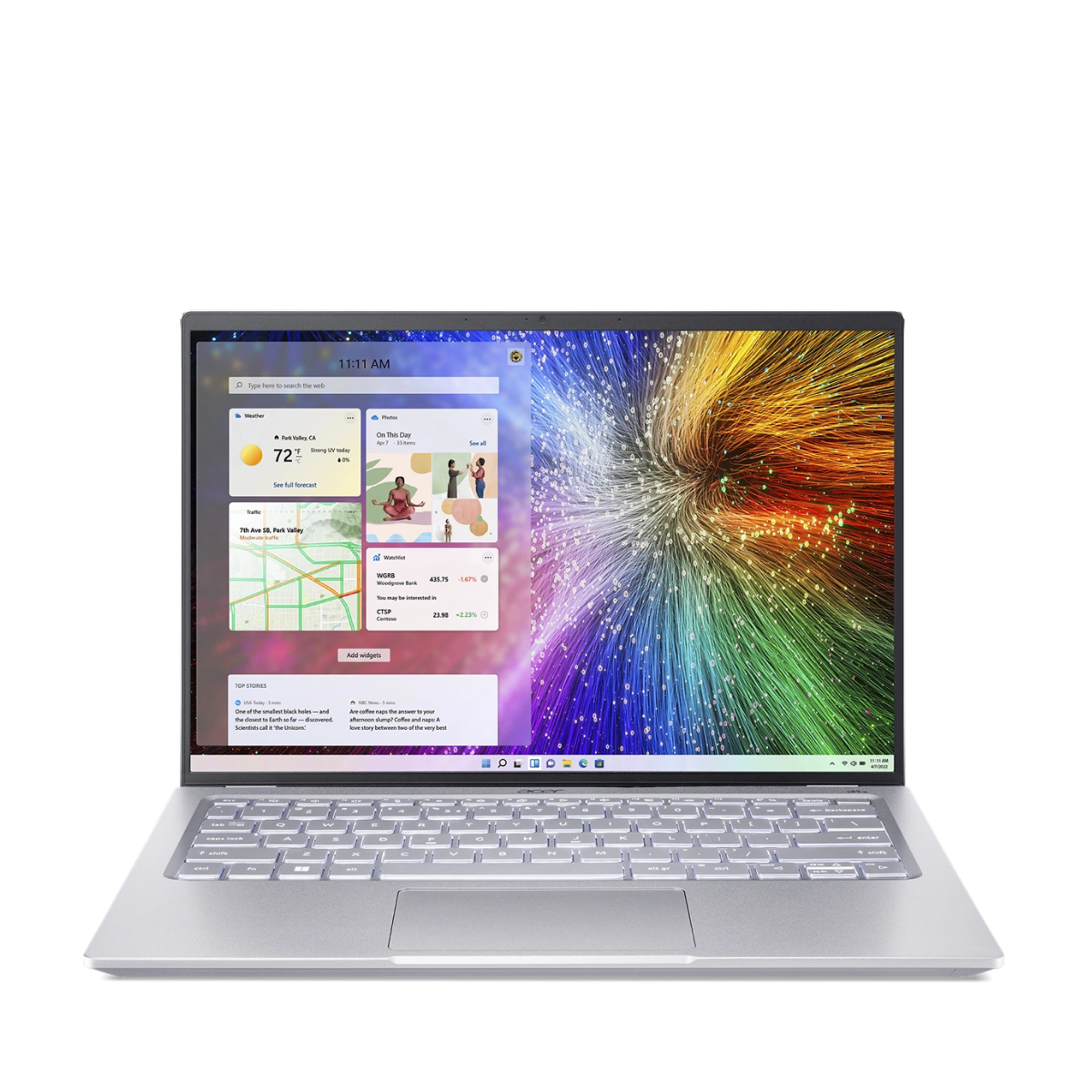
The combination of full-power Intel processors and a stunning OLED display mean the Swift 3 has the power and screen quality to scythe through coding and other computing tasks, and the three-figure price is deeply impressive. It's not too refined, but it does a good job and is great value.
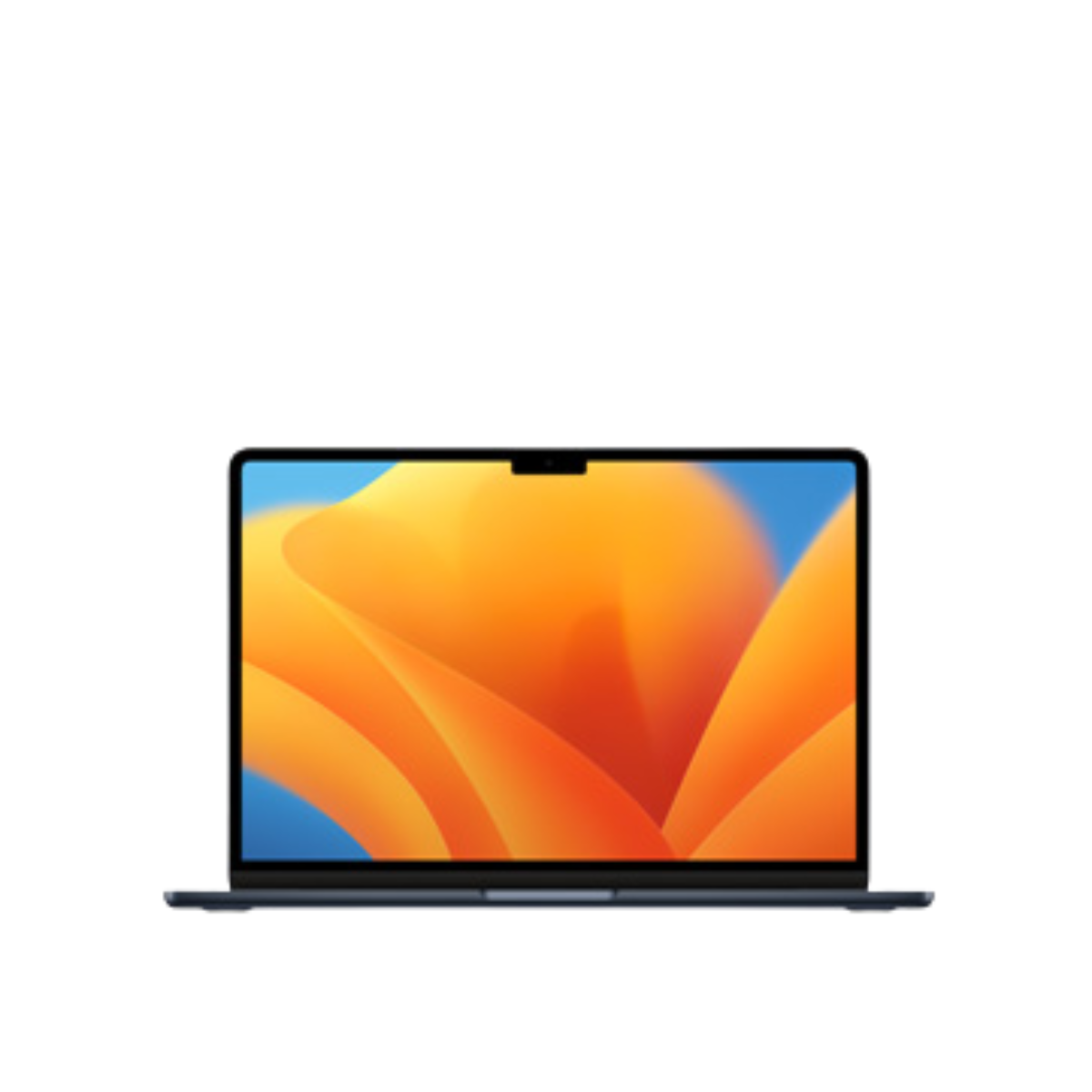
A tremendous balancing act between price, power and portability ensures that the updated, M2-powered MacBook Air is a superb coding and computer science in both of its screen options. All-day battery life and a tremendous keyboard complete the package.
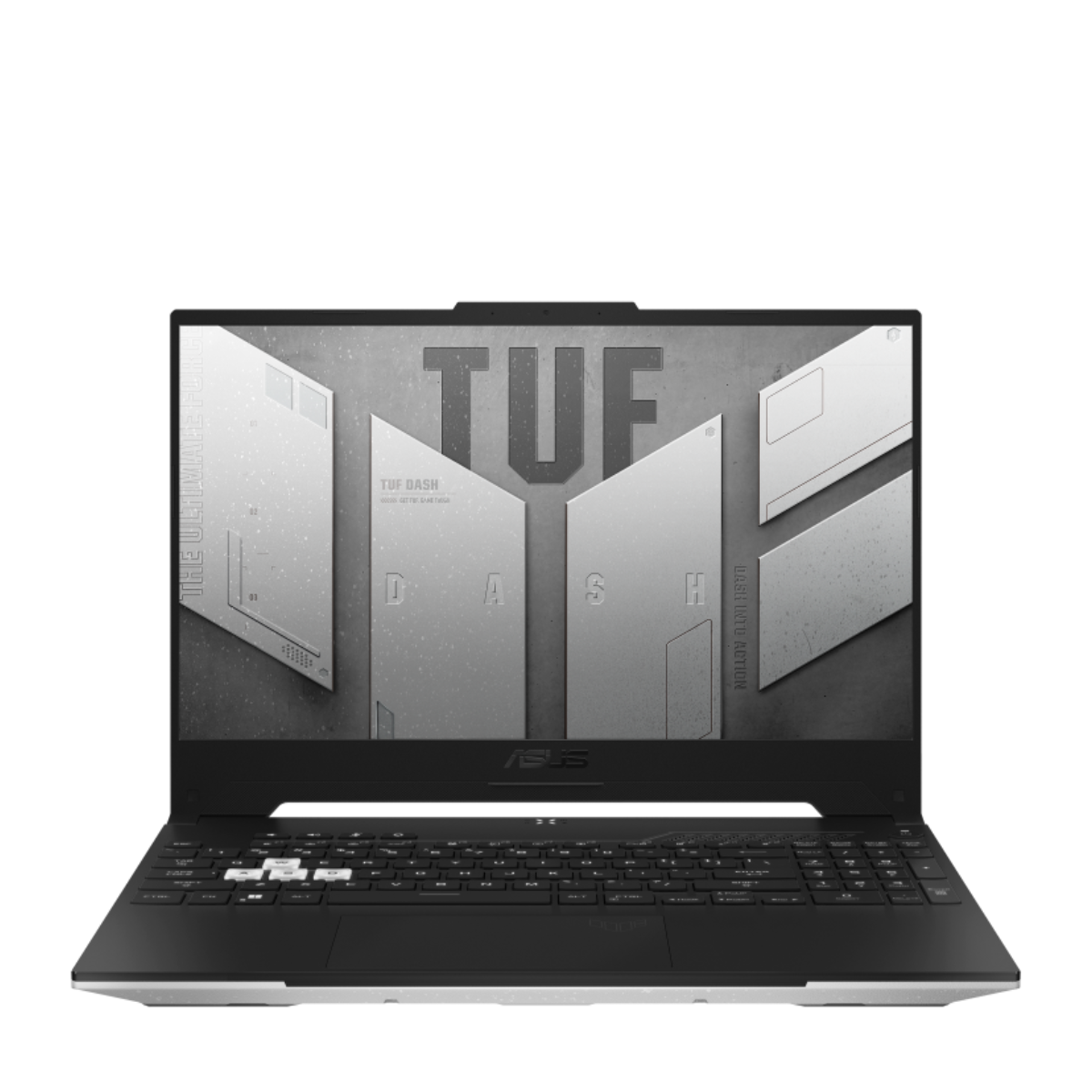
Great Nvidia GPUs and Intel processors ensure lashings of power for computer science work and gaming, and the F15 deploys good screens and design to prove itself a capable all-rounder. No webcam and some fan noise are the only minor issues.
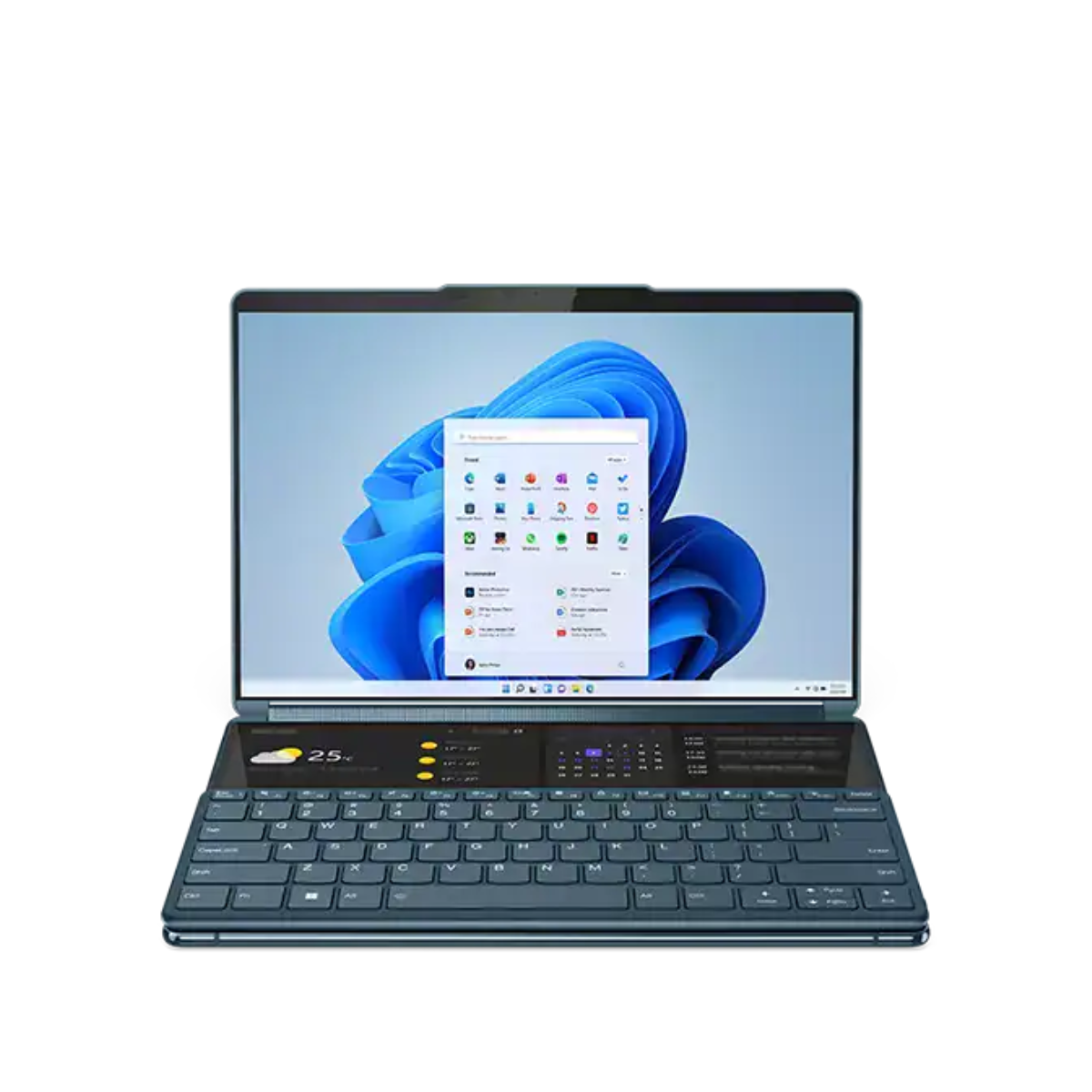
OLED displays combine dazzling quality with sharp imagery, Intel's low-power processors are ideal everyday coding chips and the all-day battery sits beneath an all-day keyboard. If you want a touch-capable coding notebook, get this in your shopping basket.
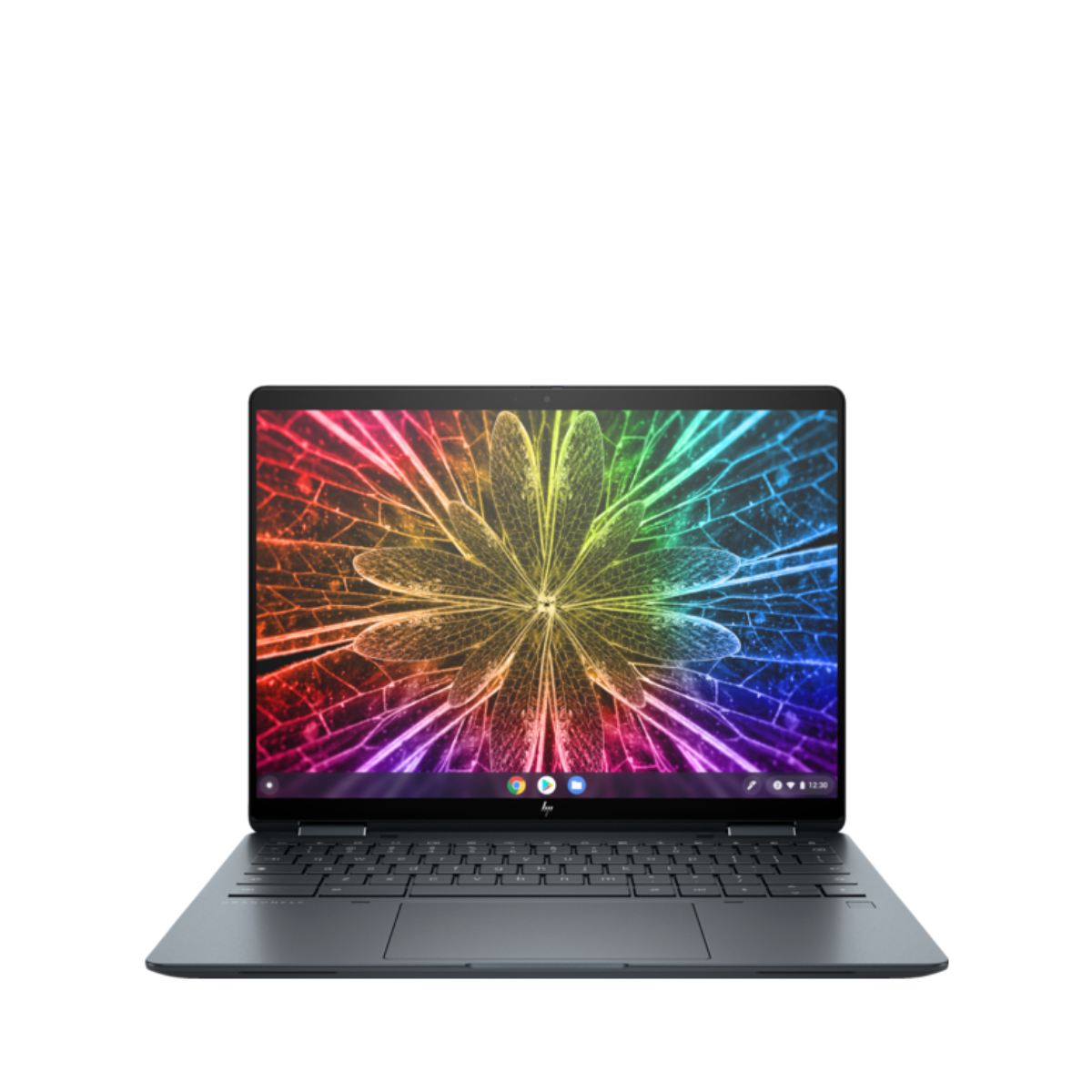
HP's Elite laptop lives up to its name with fantastic screens, good everyday computer science performance and all-day battery life. It's not cheap and we'd recommend paying extra for additional security and storage, but this is the best Chromebook for computer science.
Load the next products...
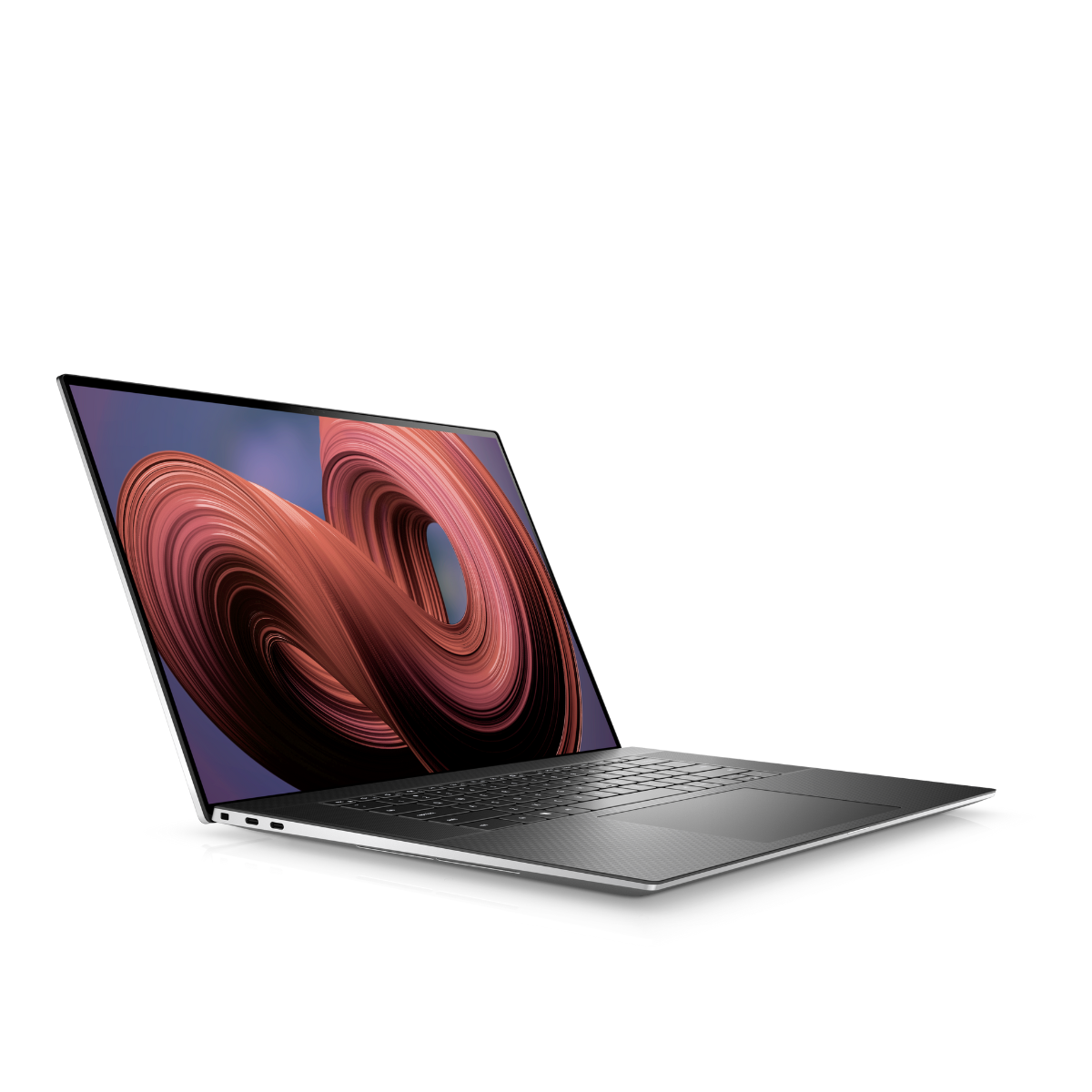
The Dell XPS 17 deploys bold, immersive display options and components that will motor through any computer science workload. Add in the stellar keyboard, all-day battery and impressive array of ports and you've got the best big-screen Windows laptop on the market.
The best laptops for computer science students of 2025 in full:
Why you can trust TechRadar
Best laptop for computer science students overall
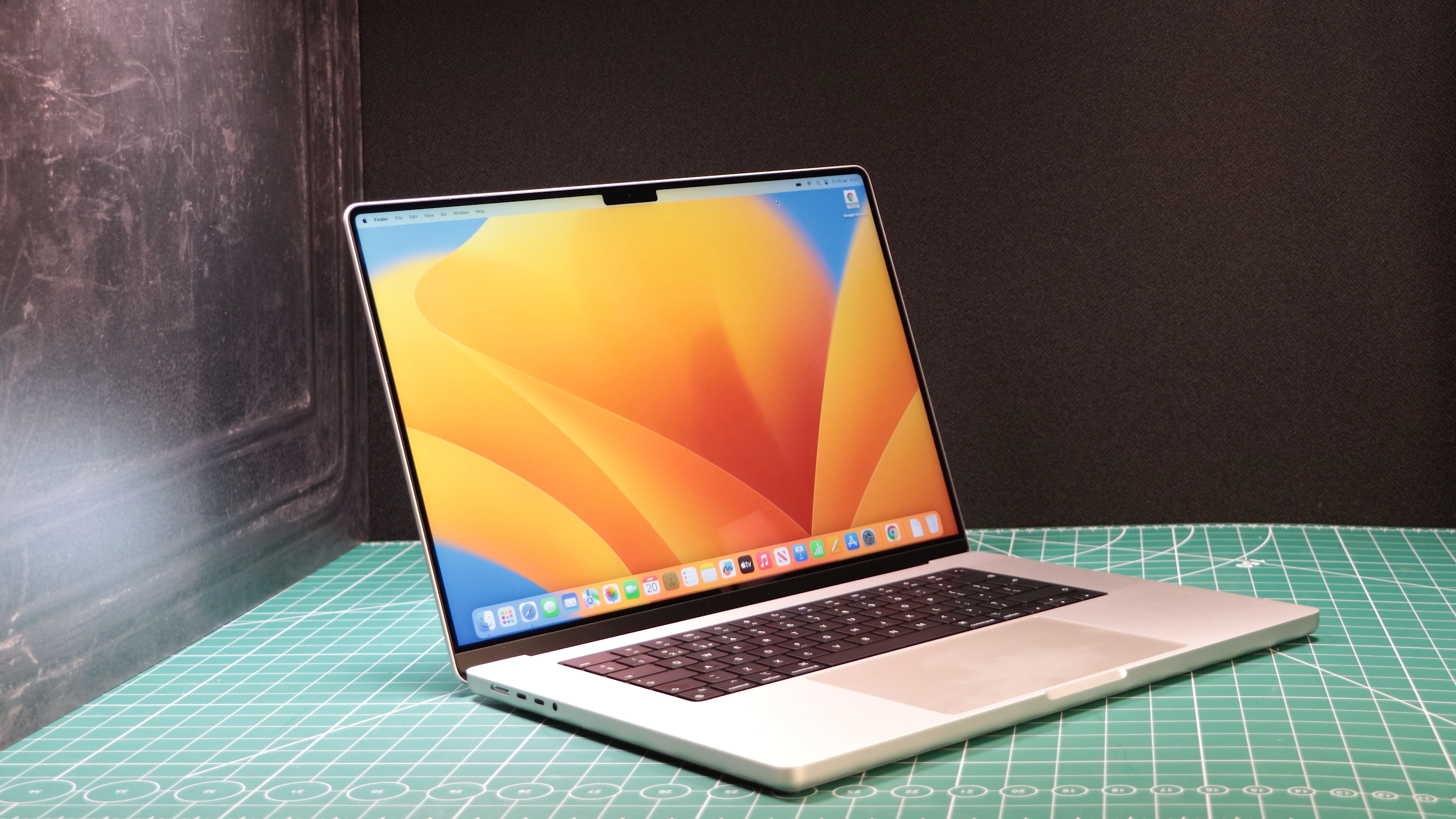
Specifications
Reasons to buy
Reasons to avoid
There's a reason why the Apple MacBook Pro 16-inch keeps working its way to the top of best laptop pieces – it's the best notebook in the world. And that's still true for computer science students.
Apple's latest M2 Pro and M2 Max processors will arguably be overkill for lots of straightforward programming tasks, but they are phenomenal when it comes to number-crunching, multi-tasking and data analysis – and they'll keep going for years. Combine that with the MacBook's fast memory and storage and you've got a specification that'll handle anything you throw at it – alongside an integrated GPU for some modest after-hours gaming.
The big, bold screen has plenty of space to immerse you in one window or spread out several apps, and the high brightness enables working in the great outdoors and dark rooms. The superb speakers mean great background music while you work.
Thunderbolt, SD and HDMI ports deliver solid connectivity, the webcam and microphone are both good, and the MacBook has a keyboard with the crisp comfort to handle long days of typing – albeit without a numberpad. The final big benefit? A battery that lasts for about 20 hours. That monster figure could easily see you through two working days.
Look elsewhere if your favorite computer science and programming apps need Windows rather than Mac OS. And, as ever, this Apple device is expensive. But if you want a high-quality laptop that'll get out of the way and let you work, the MacBook Pro should be top of the list.
Read our full Apple MacBook Pro 16 (2023) review .
Best budget laptop for computer science students

Specifications
Reasons to buy
Reasons to avoid
The Acer Swift 3 OLED is a tremendous value choice if Apple's prices make you balk. Prices generally sit at around $999, depending on the internals – and you get one of the best screens we've ever seen on an affordable notebook.
The Swift's OLED display has an anti-glare coating and fantastic quality, so it's an ideal option for getting serious work done in any situation – and it makes box sets and streams look great.
Intel's full-power Core i5 and Core i7 processors deliver a lot of grunt for the price, alongside 16GB of memory and sizeable SSDs, so the Swift 3 has the performance to handle most computer science tasks. There's no discrete GPU at this price, but that's not a big deal for computer science and you'll only miss it if you want a laptop for gaming and work.
The Swift 3 is a long-lasting laptop, too, with fourteen hours of lifespan in our tests. That's ample for a long day of coding and the commute home, which is impressive considering the price of this notebook.
Of course, the low price does mean compromise. The Swift 3 doesn't look attractive, and you'll find lighter laptops elsewhere. The keyboard and trackpad are fine, but underwhelming and soft, and the speakers are tinny.
But if you're a computer science student who needs plenty of power without shelling out loads of cash, the Acer Swift 3 OLED should be at the top of your list.
Read our full Acer Swift 3 OLED review .
Best lightweight laptop for computer science students

Specifications
Reasons to buy
Reasons to avoid
The MacBook Air is now available in 13.6-inch and 15.3-inch configurations, which means extra versatility for computer science students – you have a tiny option if you want something portable and a larger laptop if you'd prefer a bigger screen for more immersion and some extra space.
No matter which laptop you buy, it'll be much cheaper than the all-conquering MacBook Pro, and you'll get the fantastic M2 processor. It's got the ability to handle almost any computer science tasks you can throw at it, although it won't be quite as quick with serious number-crunching – the M2 Pro and Max are better there.
It's still huge power inside a tiny chassis, though, and elsewhere the MacBook Air serves up a full working day of battery life, a fantastic keyboard and bright, bold quality from the Liquid Retina panel. And at 2.7 pounds or 3.3 pounds, both notebooks are easy commuting partners.
The MacBook Pro is the ultimate Apple powerhouse, but the MacBook Air remains a favorite option because of its balance of power, portability and price. It's a great choice for any computer science student – just ensure the software you need runs on Mac OS.
Read our full Apple MacBook Air review .
Best computer science student laptop for gamers
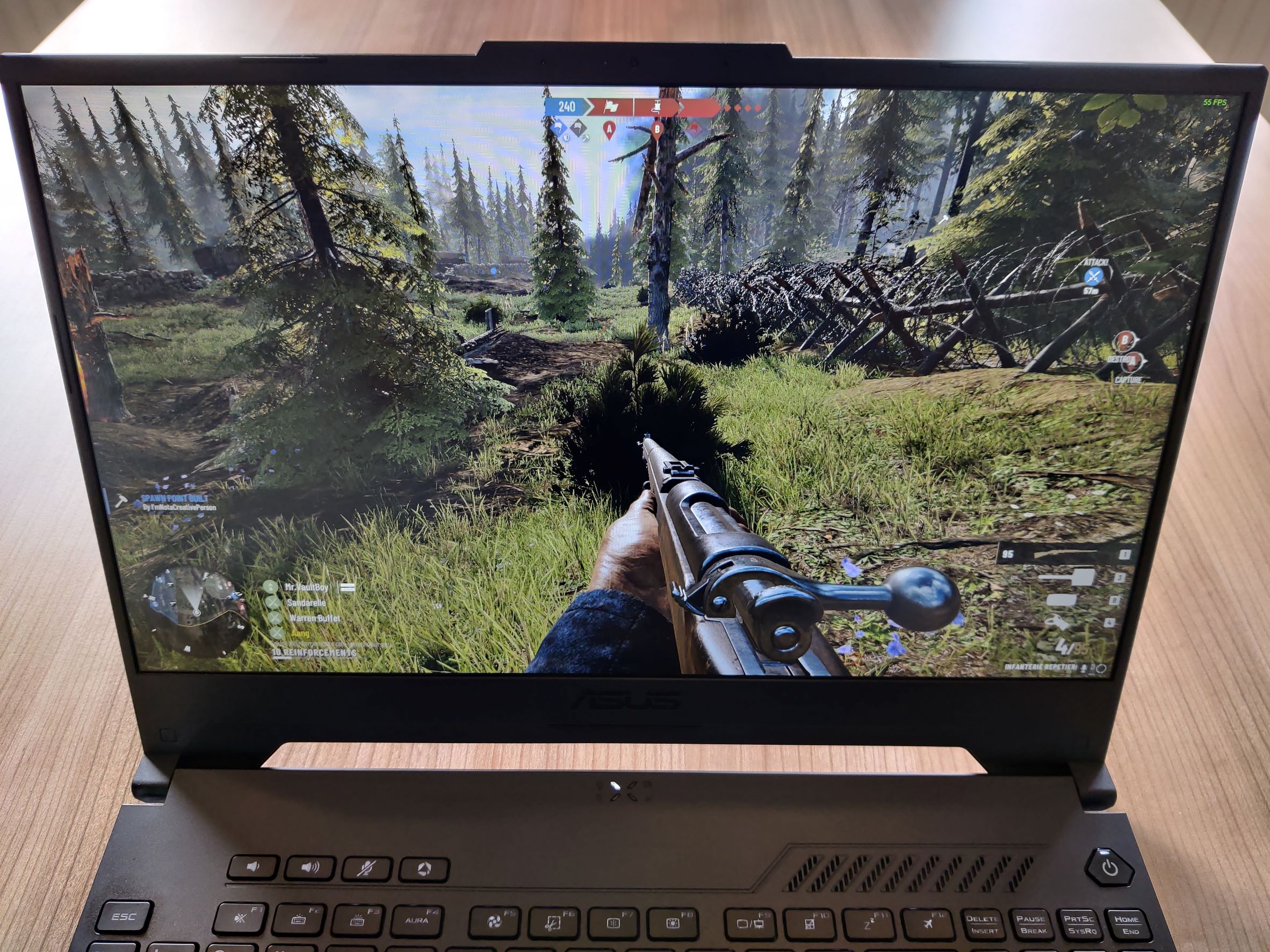
Specifications
Reasons to buy
Reasons to avoid
High-quality gaming laptops don't always have to be expensive, and the Asus TUF Dash A15 ticks many boxes for computer science students who want portable processing and serious gaming ability.
Any of the Core i7 or Core i9 processors in this notebook make light work of coding and computer science, and the Core i9 CPU is a high-end option for serious number crunching and analysis. On the flip side, the Nvidia GeForce RTX 4050 is ideal for esports, the RTX 4060 is a top GPU for mainstream 1080p gaming and the RTX 4070 will play every top game with every graphics option ramped up.
The F15 is under an inch thick and weighs under five pounds, which is decent for a laptop with this much computing ability, and it has decent build quality alongside a relatively crisp keyboard. Combine that with a rock-solid array of ports, including USB-C and Thunderbolt, and you've got a notebook that'll stand up to virtually any computer science study workload.
Both screens are good, although we'd recommend the 2560 x 1440 option for extra speed space. And remarkably, if you're careful with the apps you run and the screen brightness, you'll make it through eight or nine of use on a single charge. That battery life plummets if you play games, though, and bear in mind that the F15 doesn't have a webcam and doesn't have RGB LEDs.
Asus has done a fantastic job of balancing speed and portability inside a laptop that doesn't cost as much as its gaming rivals. Look no further if you want a notebook for lectures, workloads and after-hours gaming.
Read our full Asus TUF Gaming F15 review .
Best 2-in-1 laptop for computer science students
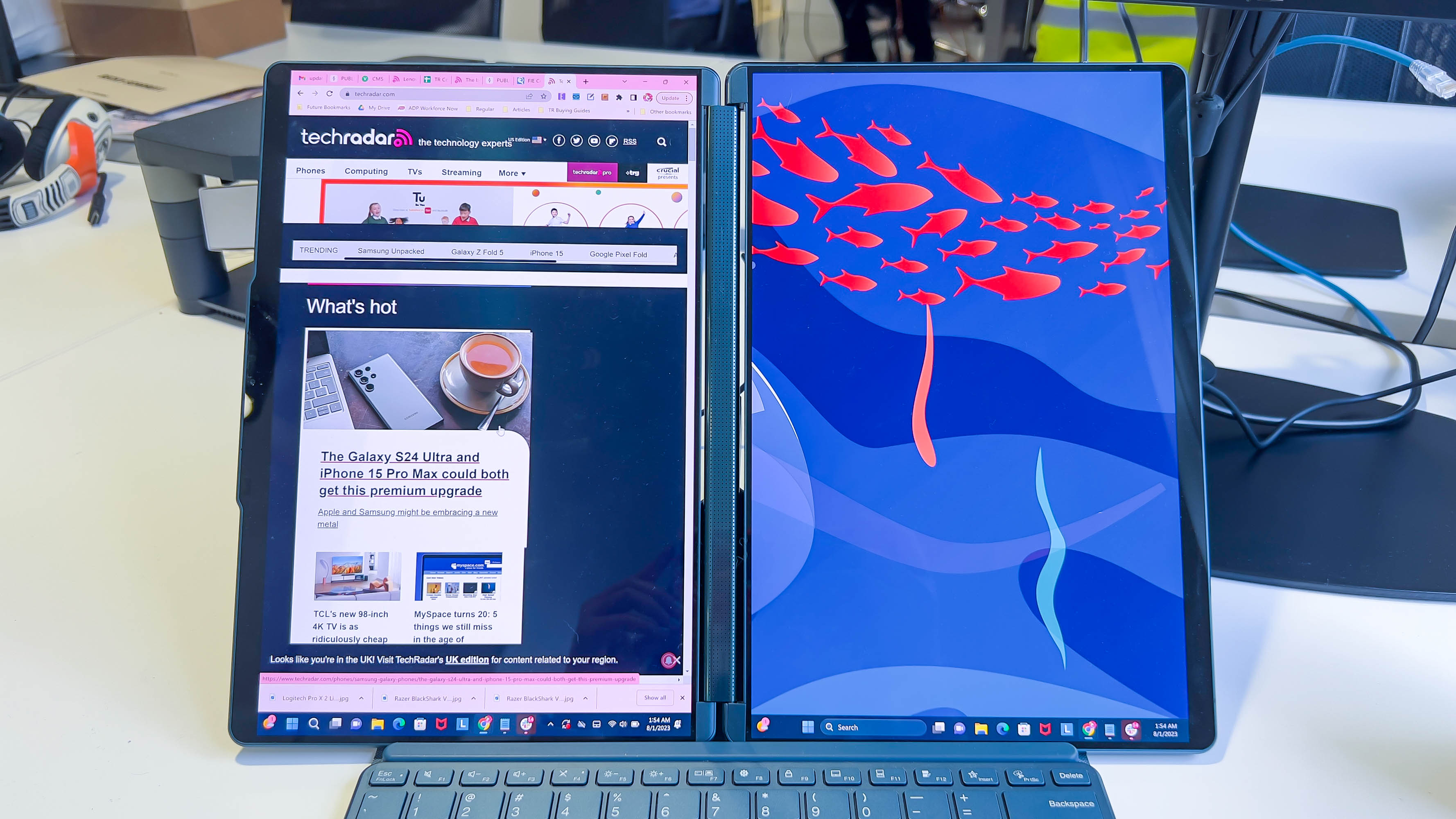
Specifications
Reasons to buy
Reasons to avoid
Any high-quality 2-in-1 lives and dies on the strength of its screen, and the Yoga ticks every box. The 2880 x 1800 and 3840 x 2400 OLEDs on offer here deliver tremendous, world-class image quality with the latter serving up even more crisp space for spreading out windows.
Combine that with its stylus-augmented touchscreen and you've got a screen that's capable of handling any coding task along with note-taking, sketching and other creative workloads.
The Yoga remains strong beyond the screen. It easily flips into tablet and tent modes for extra versatility, the chassis looks superb and is robust, and the low-power Intel processor has the power for mainstream coding work, albeit not the toughest data analysis situations.
Lenovo's laptop has all-day battery life, Wi-Fi 6E connectivity, a great webcam, and USB-C connectivity. And because it only weighs three pounds, it's easy to slip into a backpack and take to lectures. The keyboard is fantastic, too – highly comfortable for long days of coding.
A convertible laptop adds creative and everyday versatility and the Yoga has supreme levels of class, comfort and performance. It's the best 2-in-1 for computer science students.
Read our full Lenovo Yoga Book 9i review .
Best Chromebook for computer science students
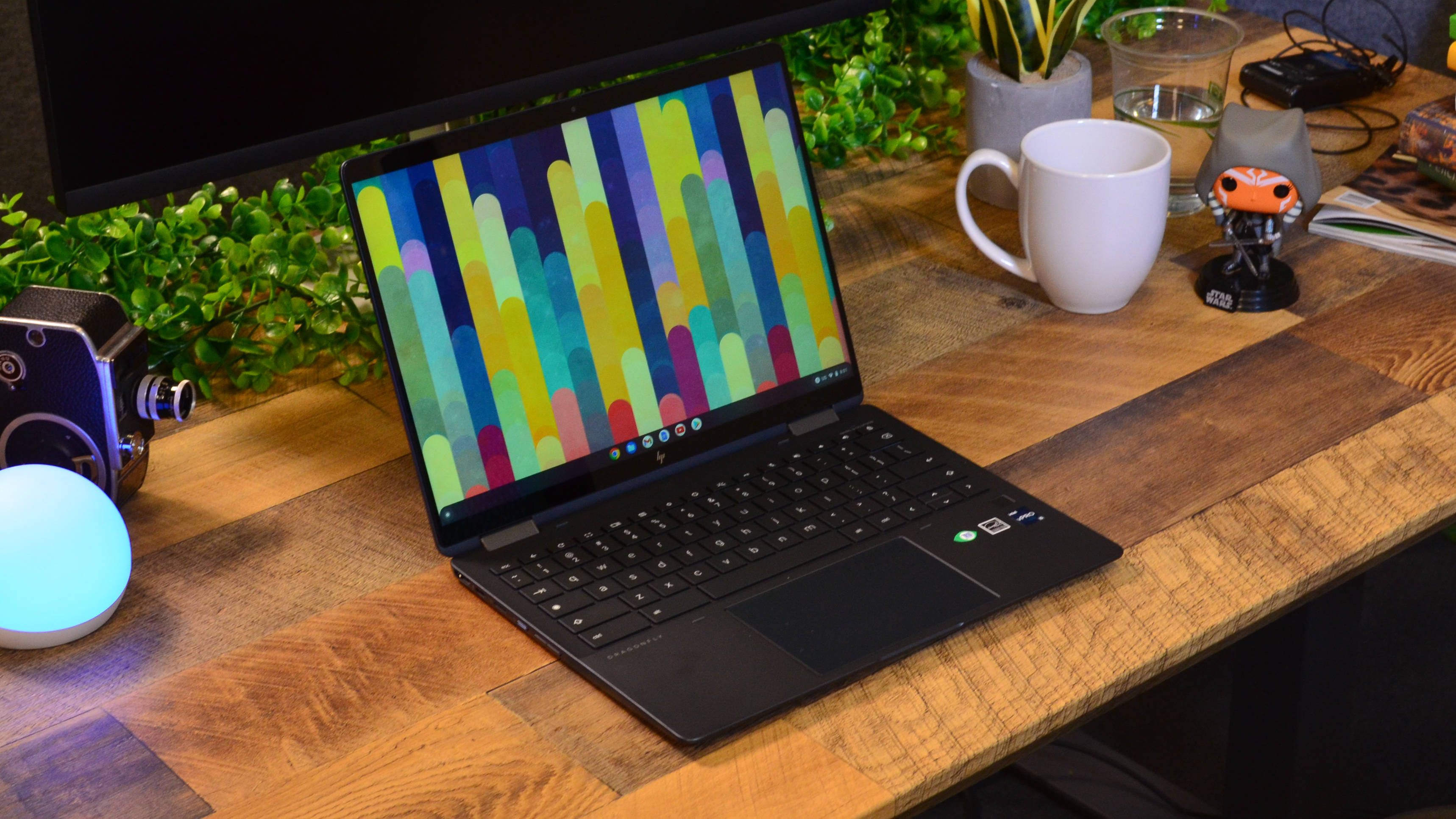
Specifications
Reasons to buy
Reasons to avoid
Plenty of coding and computer science apps are available on Chrome OS or through Chrome itself, so a Chromebook is a viable option for this kind of work. And when it comes to picking out the best option right now, the HP Elite Dragonfly is the easy choice.
Its Intel Core i5 and i7 processors can easily handle browser tabs and mainstream coding and computer science workloads, and that's about as good as it gets in a Chromebook right now. And if you're willing to pay extra, you get Google's Titan C chip, zero-touch enrolment and other security features.
Unsurprisingly for a lightweight, low-power notebook, the Dragonfly's battery will comfortably last for a full working day. The touchscreen is bold, accurate and crisp, and the HP can be configured with a stylus, larger SSDs and mobile broadband for creative work, storage and constant connectivity.
If you want a Chromebook for coding on the move, the Dragonfly is pricier than most, but it's better than most, too.
Read our full HP Elite Dragonfly Chromebook review .
Best 17-inch laptop for computer science students
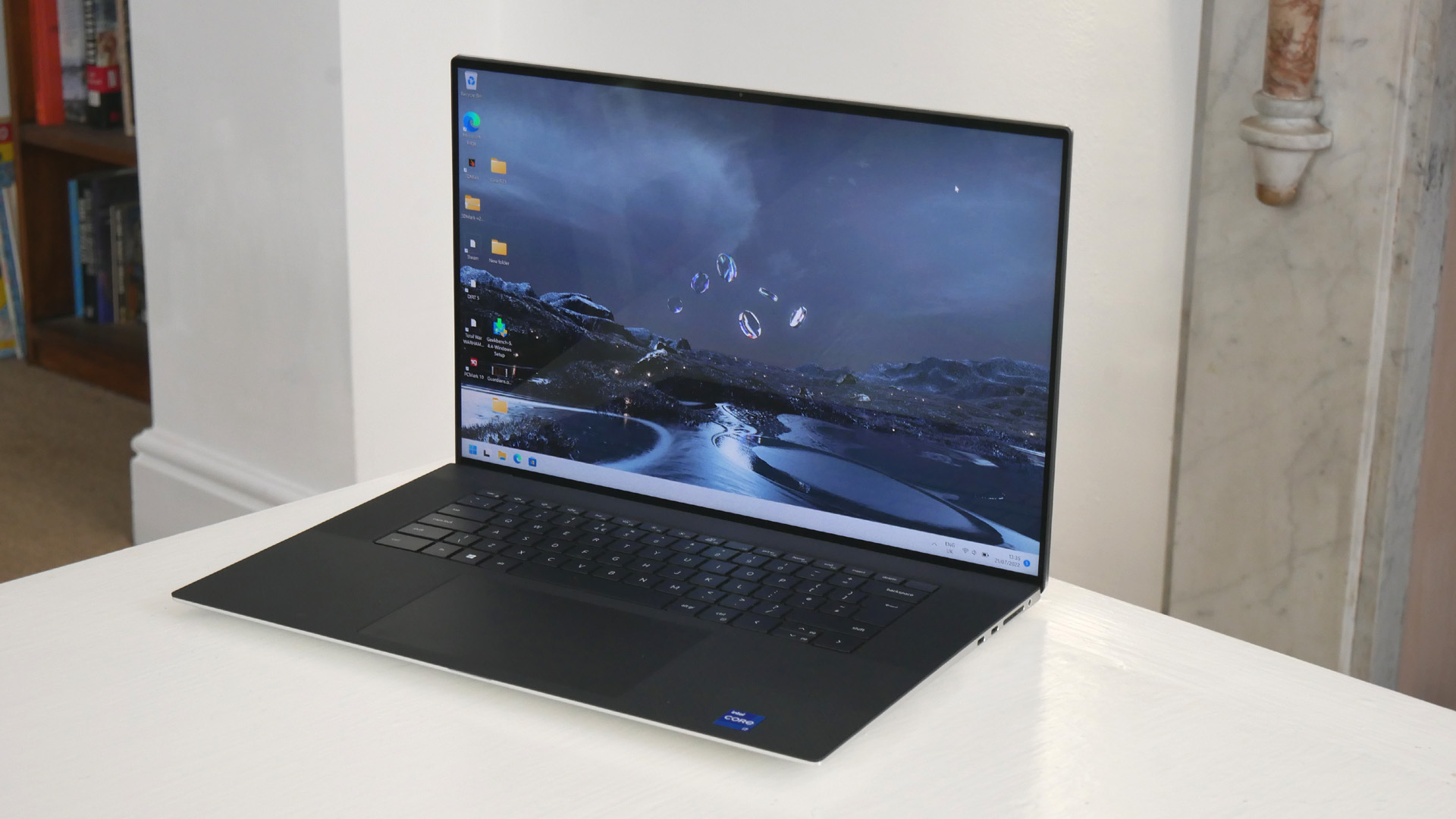
Specifications
Reasons to buy
Reasons to avoid
A big screen makes a big difference for computer science – it'll let you get immersed in coding or spread out multiple windows for easier multi-tasking. If that's what you're after, the Dell XPS 17 is the ultimate option.
Both screen options are superb – immersive and accurate – and a stunning 4K touch option is available if you're willing to pay more.
Combine that with the 13th Gen Intel Core i7 and i9 processors and high-end Nvidia graphics cores and you've got the power for any computer science workload, no matter the number-crunching needed. After-hours gaming and graphically intensive creative work is no issue, either.
XPS laptops always look and feel great, and this is no exception – it's attractive and robust. The keyboard is one of the best around and one of the only typing units to match the MacBook Pro for comfort and quality, and Dell's battery will last a full day despite the side and power available here.
The specification is rounded off with loads of ports, great internal connectivity and a 5.37-pound weight.
A big-screen option is favored by many computer science students who want immersion and space, and there's nothing better than this right now.
Find the best deals on Dell products with our Dell promo codes.
Read our full Dell XPS 17 review .
Best laptops for computer science students: FAQs
Are Apple laptops good for computer science students?
The best Apple MacBooks are great options for students of all stripes, including computer science students. Apple's M2 processors deliver huge power, the keyboard and build quality are brilliant, and the battery lasts so long that you might get through two working days without a charge.
As ever, though, MacOS won't support every app you might need, so check before you buy – and make sure your software will run on an Apple device.
What's best for computer science students – processing power or a graphics card?
Processing ability is far more important than GPU power for computer science laptops, but it's worth getting a device that excels in both areas.
Today's best processors have exceptional single-threaded performance for strong performance in coding and software development workloads, so a Core i7 or Core i9 CPU is essential.
That said, the parallel processing ability of the best GPUs mean that it's vital to have a discrete graphics core if you want to use your laptop for machine learning, data analysis and simulation – and even gaming.
Should I consider Linux for computer science?
It's always worth considering Linux for computer science, and if you buy a Windows notebook you can always create a partition with a distro alongside your Windows installation.
There are plenty of reasons why computer science students like Linux. An open-source operating system allows for huge customization and flexibility alongside huge Terminal power and robust package management for running development tools. Stability and efficiency are great on Linux, and Linux also supports a wide range of programming languages.
How to choose the best computer science laptop for you
When choosing the best laptop for a computer science course, there are a number of factors to consider.
How you prioritize your components will be determined by how you plan to work, but if you're handling conventional computer science workloads then you should make sure you great a great CPU – and ensure you match that with a discrete GPU for AI, machine learning and gaming.
Regardless of that, make sure you've got at least 16GB of memory – 32GB if possible – and an NVMe SSD to keep things running smoothly.
You'll be spending lots of time at your keyboard, so ensure the typing kit is comfortable and robust, and seek out a numberpad if that's important.
Elsewhere, make sure that a laptop has enough battery for your likely workloads and working venues, and ensure it has Wi-Fi 6 and ports to support all of your peripherals.
Finally, there's the screen. Getting the most accurate display on the market isn't key for a computer science laptop, but it's worth getting the highest resolution you can so you've got more space to become immersed in tasks and spread multiple windows around.
How we test the best laptops for computer science students
Our team of reviewers have tested hundreds of the best laptops - so when it comes to going hands-on with the best laptops for computer science students, we know exactly what you need to look for to make a decision.
Our review process is rigorous. From benchmarking the performance of the best laptops for engineering students to analyzing the specifications of all the best laptops for architecture students, we undertake the same approach to each laptop we review.
When reviewing the best laptops for computer science students, we want to see good performance when running core apps in class - you shouldn’t be concerned about the reliability of your laptop in class. As such, we conduct simulated and real-world benchmark tests to fully assess each laptop’s power.
We take portability seriously - because a laptop with a bulk design or unnecessary weight is only going to slow you down while travelling across campus. As part of this, we test the solidity of the construction and build quality, and conduct the TechRadar battery life test to test how well manufacturer claims hold up to reality. With student laptops for computer science, we also look at the ergonomic design. Is the keyboard comfortable to type on? Are the palm-rests good and fatigue-free after long hours of use?
We also check all connectivity and port selections, size sizes, built-in eye-care technology, and any special features such as 2-in-1 flexibility and facial recognition. Finally, we look at the market and the competition to judge value for money on the best student computer science laptops.
Find out more in our detailed guide How we test laptops and desktops: our reviewing process explained.
Get in touch
- Want to find out about commercial or marketing opportunities? Click here
- Out of date info, errors, complaints or broken links? Give us a nudge
- Got a suggestion for a product or service provider? Message us directly
- You've reached the end of the page. Jump back up to the top ^
Are you a pro? Subscribe to our newsletter
Sign up to the TechRadar Pro newsletter to get all the top news, opinion, features and guidance your business needs to succeed!
Mike has worked as a technology journalist for more than a decade and has written for most of the UK’s big technology titles alongside numerous global outlets. He loves PCs, laptops and any new hardware, and covers everything from the latest business trends to high-end gaming gear.